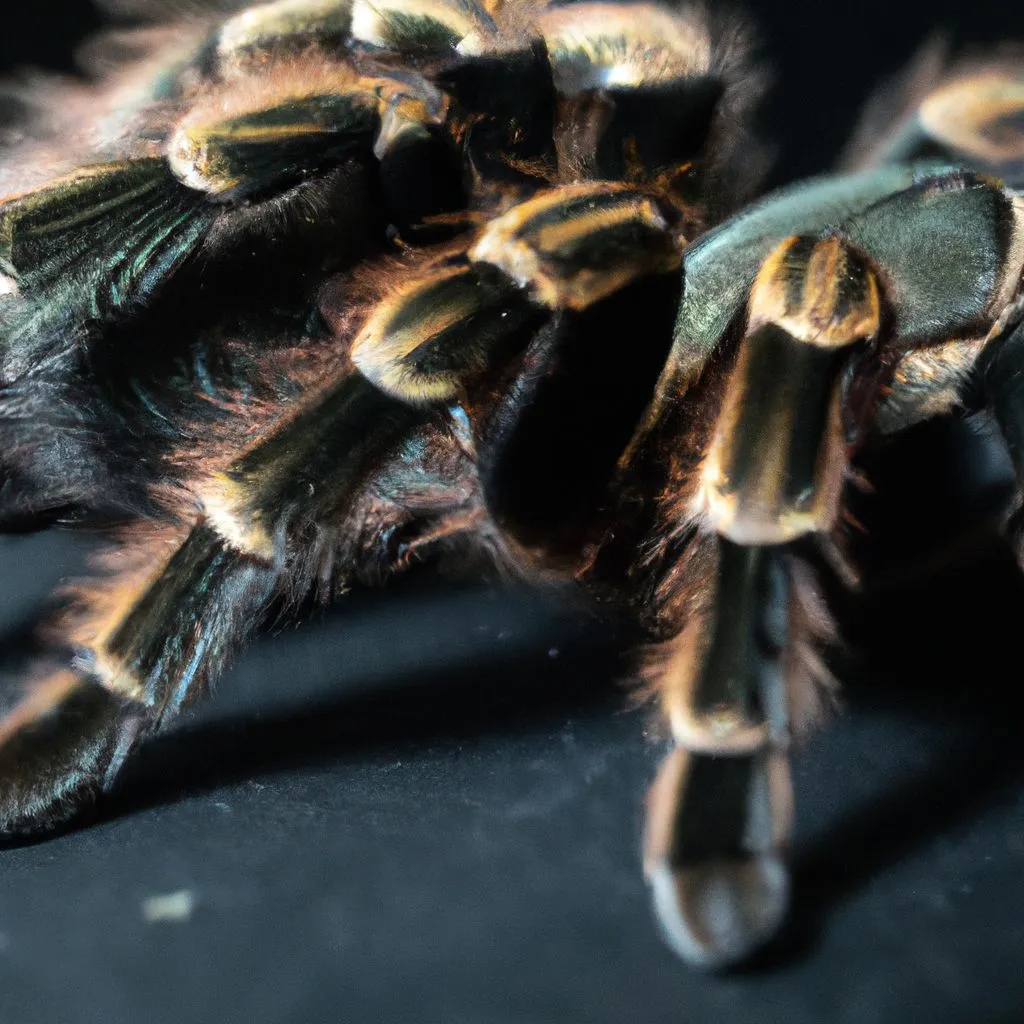What Are Tarantula Mites
Tarantula mites are tiny ectoparasites that can infest tarantulas, causing them significant stress and potential health problems. These mites are typically small, often appearing as minuscule dots or specks, making them difficult to spot without close examination. They feed on the tarantula’s hemolymph (equivalent to blood) and other bodily fluids, leading to irritation, discomfort, and in severe cases, secondary infections. Understanding these pests is crucial for any tarantula keeper, as early detection and appropriate care are essential for maintaining the spider’s well-being. These mites can quickly reproduce and spread throughout a habitat, so it’s important to be vigilant and address any signs of infestation promptly. The presence of these mites is not only a nuisance for the tarantula but also an indicator of potential problems within the enclosure.
Identifying Tarantula Mites
Identifying tarantula mites requires careful observation. These mites are usually reddish, brown, or white and are often found clustered on the tarantula’s body, especially around the abdomen, book lungs, and joints. They are incredibly small and can be mistaken for substrate particles or other debris. Using a magnifying glass can be helpful in identifying them, as it allows for a closer examination of the spider. Regular checks of your tarantula during feeding or when handling it can help you spot early signs of infestation. Look closely for any moving specks or clusters. Also check the substrate and enclosure walls for any signs of mite activity. It is important to differentiate between mites and harmless substrate elements to avoid unnecessary intervention. When in doubt, consult with an experienced tarantula keeper or veterinarian.
Signs of Mite Infestation
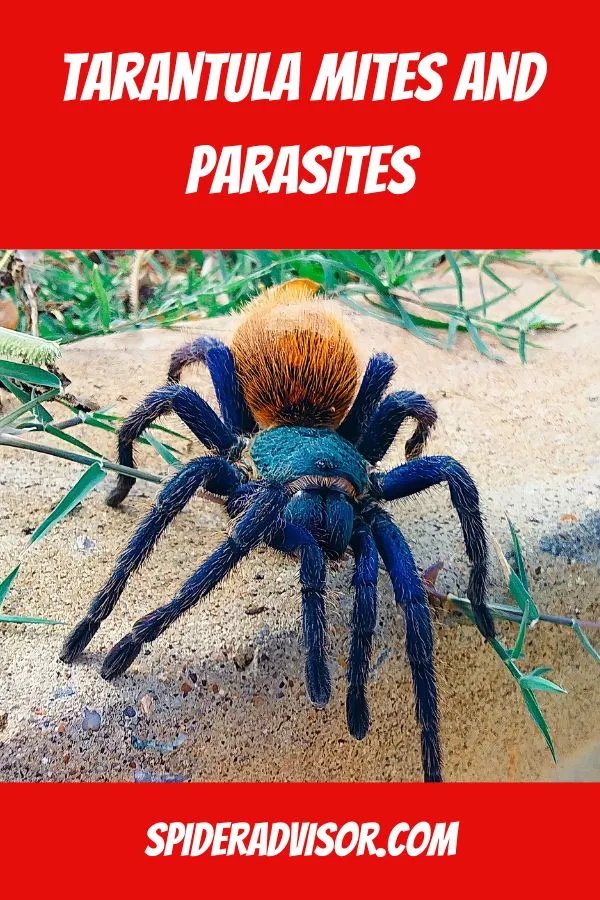
Recognizing the signs of a mite infestation is essential for taking swift action. The most common sign is the presence of small, moving specks on the tarantula’s body. The spider may exhibit unusual behaviors such as excessive grooming, scratching, or rubbing its legs and abdomen. You might notice the tarantula becoming lethargic or less active than usual. In severe cases, mites can cause lesions, skin irritation, and even loss of appetite. Inspect the enclosure regularly. Look out for molting issues. If you observe any of these signs, it’s critical to take immediate steps to address the potential mite infestation. Ignoring these symptoms can lead to serious health complications for your tarantula. Early detection can prevent the infestation from escalating.
Common Mite Species Affecting Tarantulas
Several mite species can affect tarantulas, but not all are equally harmful. The most common are spider mites, which feed on the hemolymph of tarantulas. These mites reproduce quickly and can cause significant stress to the spider. Other types of mites may also be present, often brought in through substrate or live food. Some species may be harmless or even beneficial, but it’s important to identify the specific type of mite to determine the appropriate treatment. Researching the types of mites that are commonly found in tarantula enclosures can help you better understand the risks and take appropriate preventative measures. Consulting with an expert can help you to accurately identify the type of mite present and get proper advice to deal with the infestation.
Top 5 Facts About Tarantula Mites
Fact 1 What Attracts Mites
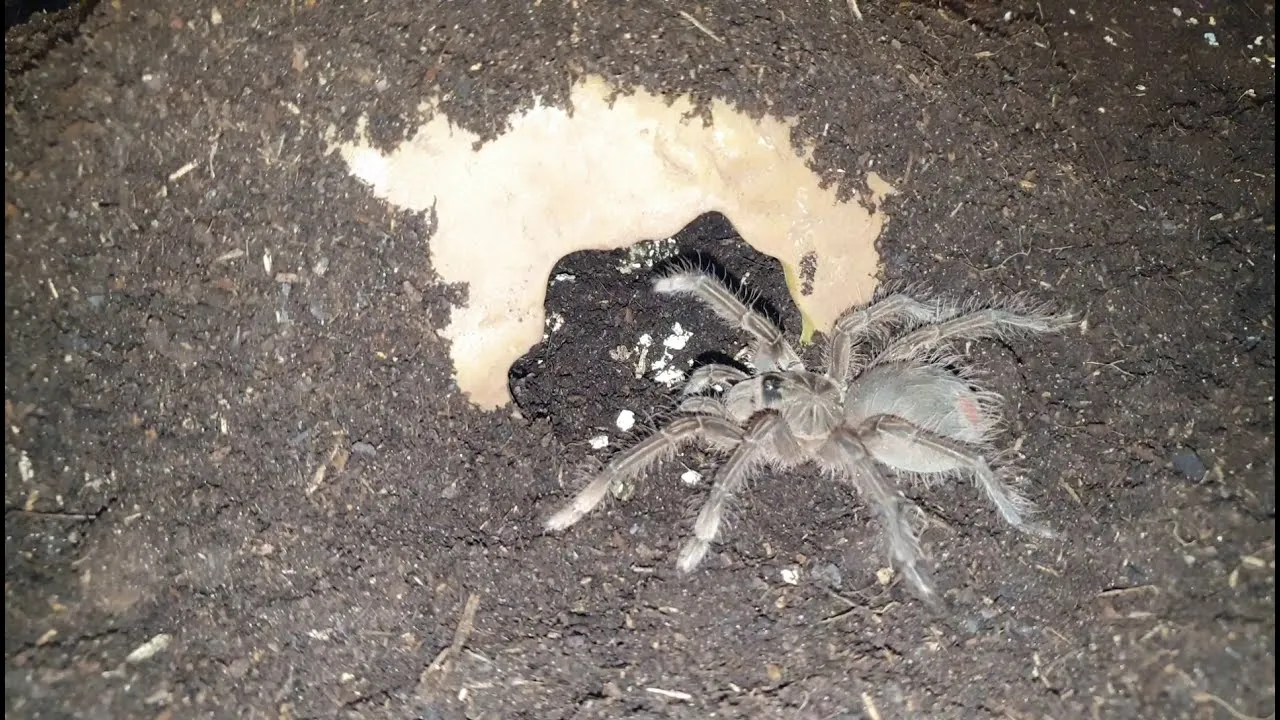
Mites are attracted to environments that provide them with food and a suitable breeding ground. Overly humid conditions can promote mite growth, as they thrive in damp environments. Poor ventilation can trap moisture and create a favorable habitat for mites. The presence of organic debris, such as uneaten food or decaying matter, can also attract mites, providing them with a food source. It is also crucial to understand that tarantulas themselves can become sources of attraction, especially when they are unhealthy or have molted. Regular cleaning and maintenance of the enclosure are key to preventing these conditions that attract mites. Careful monitoring of humidity levels and air circulation is also important to prevent mite infestations.
Fact 2 How to Spot Mites
Mites can be spotted by closely inspecting your tarantula and its enclosure. Look for tiny, moving specks on the tarantula’s body, especially around the abdomen, legs, and book lungs. These specks may be reddish, brown, or white. Use a magnifying glass to get a better view, as mites are very small. Check the substrate and enclosure walls for any signs of mite activity. Unusual behaviors, like excessive grooming or scratching, can also be indicators of an infestation. Performing regular checks will help you detect mites early, before they cause severe problems for your tarantula. Being observant and proactive about spotting mites is essential for your tarantula’s health.
Fact 3 Mite Transmission
Mites can be transmitted to your tarantula through several means. Contaminated substrate, such as soil or coco fiber, is a common source of mites. Introducing new tarantulas to an existing collection without proper quarantine can also spread mites. Live prey, such as crickets or mealworms, can carry mites, so it’s important to ensure the feeder insects are mite-free. Poor hygiene practices, like infrequent cleaning of the enclosure, can contribute to mite spread. To prevent transmission, it is important to quarantine new tarantulas and properly clean and sterilize any new materials before introducing them to your collection. Inspecting live food and maintaining a clean enclosure are also crucial steps in preventing mite infestations.
Fact 4 Impact on Tarantulas
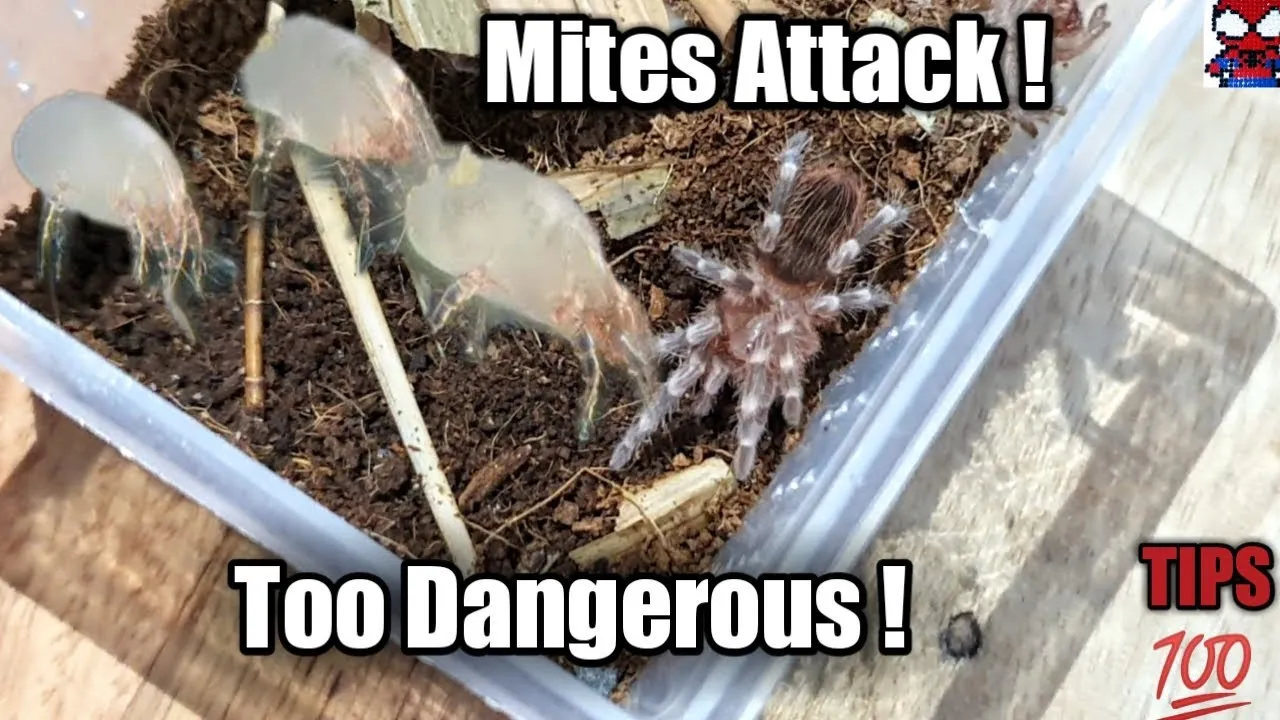
Tarantula mites can have several detrimental effects on tarantulas. Infested tarantulas may experience skin irritation, leading to excessive grooming and scratching. Mites feed on the tarantula’s hemolymph, weakening the spider and making it susceptible to other health problems. Heavy infestations can cause molting issues, where the tarantula struggles to shed its exoskeleton properly. Mites can also introduce secondary infections to the tarantula. These factors contribute to stress and can potentially shorten the lifespan of the spider. Addressing and preventing mite infestations is crucial for the overall health and well-being of your tarantula. Any sign of mites needs to be taken seriously and treated promptly.
Fact 5 Mite Prevention
Preventing tarantula mites requires proactive measures. Quarantine new tarantulas in a separate enclosure for at least a month to monitor them for any signs of mites. Clean and disinfect all new materials, including substrate and decorations, before introducing them to your tarantula’s habitat. Regular enclosure cleaning is essential; remove uneaten food and replace the substrate periodically. Ensure proper ventilation and humidity levels to prevent conditions that favor mite growth. Inspect feeder insects for mites before feeding them to your tarantula. By implementing these preventative measures, you can greatly reduce the risk of a mite infestation and keep your tarantula healthy and happy.
Preventing and Treating Tarantula Mites
Quarantine New Tarantulas
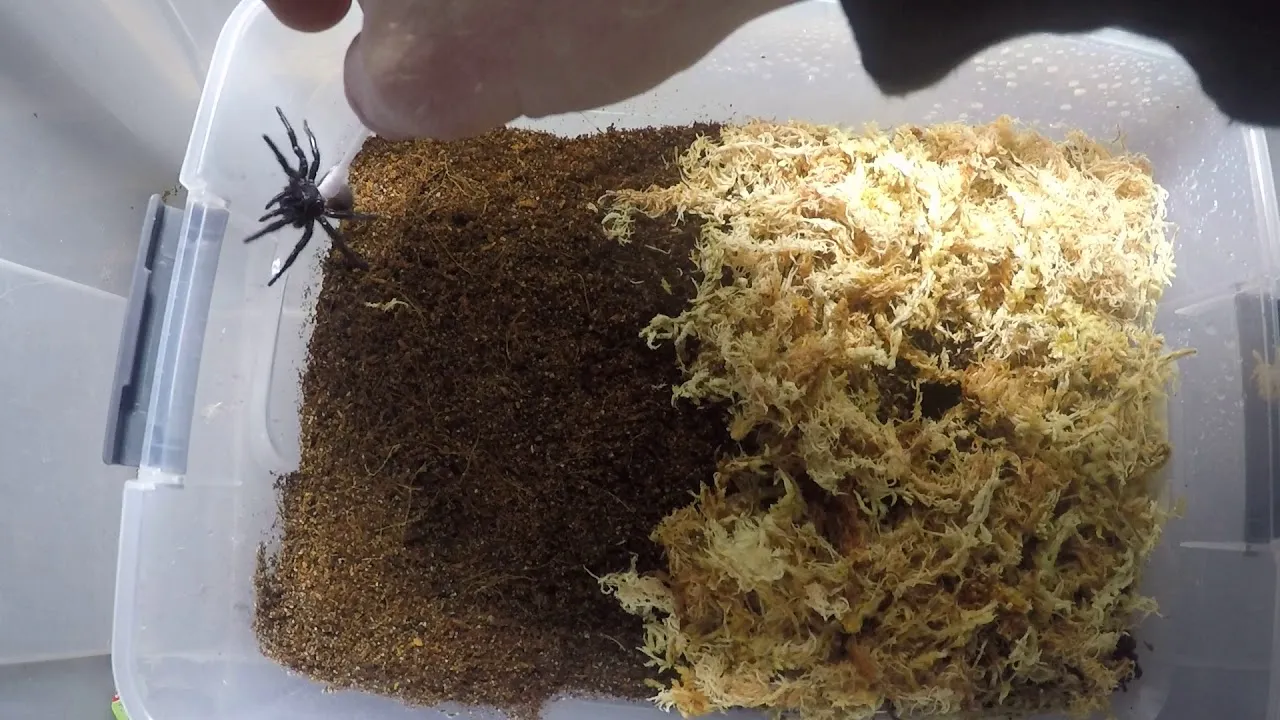
Quarantining new tarantulas is one of the most effective ways to prevent the introduction of mites to your collection. When you acquire a new tarantula, keep it in a separate enclosure away from your other spiders. Regularly inspect the new tarantula for signs of mites, such as small moving specks or unusual behaviors. Quarantine periods typically last for 30 days or longer. During this time, provide the tarantula with its own dedicated tools and feeding regime to prevent cross-contamination. If you notice any signs of mites during quarantine, address the infestation promptly before introducing the tarantula to your main collection. Careful monitoring during quarantine significantly reduces the risk of a widespread mite problem.
Regular Cage Cleaning
Regular cage cleaning is crucial for maintaining a healthy environment and preventing mite infestations. Remove uneaten food and feces promptly, as these can attract mites. Periodically replace the substrate, as it can accumulate waste and create a breeding ground for mites. The frequency of cleaning depends on the type of substrate and the size of the enclosure, but generally, spot cleaning should be done weekly, and substrate replacement every few months. When cleaning, use a reptile-safe disinfectant to kill any mites or their eggs that may be present. Thorough cleaning will eliminate potential mite sources and reduce the likelihood of an infestation. Proper cage maintenance is essential for your tarantula’s well-being.
Substrate Management
Choosing and managing the right substrate is important for mite prevention. Select substrates that are less prone to mite infestations, such as coconut fiber or a mix of peat moss and vermiculite. Avoid substrates that retain excessive moisture, as these create ideal conditions for mite growth. Regularly monitor the substrate for signs of mold or decay, and replace it when necessary. Ensure proper ventilation to help keep the substrate dry. By managing the substrate carefully, you can create an environment that is less hospitable to mites. Correct substrate management is one of the most effective methods for preventing mite infestations and maintaining a healthy tarantula enclosure.
Chemical Treatments
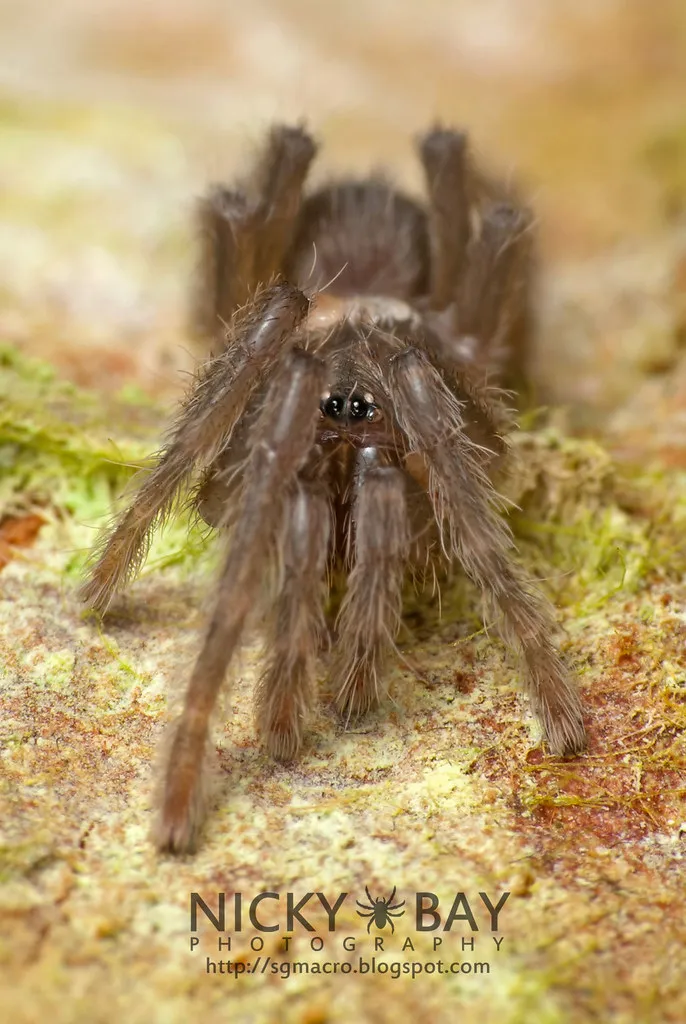
Chemical treatments should be used with caution, as they can be harmful to your tarantula if not administered correctly. If a mite infestation is severe and other methods have failed, you may consider using reptile-safe miticides. Always follow the manufacturer’s instructions carefully and use the product only as directed. Remove the tarantula from the enclosure during treatment and allow the enclosure to air out before returning the spider. Be sure to thoroughly rinse any treated items before returning them to the enclosure. If you are uncertain about using chemical treatments, consult with a veterinarian or experienced tarantula keeper. Chemical treatments should always be a last resort.
Natural Remedies
There are several natural remedies you can try to combat tarantula mites. One effective method is to increase ventilation and reduce humidity, as mites thrive in moist environments. You can also try using diatomaceous earth (DE), a natural powder that dehydrates mites. However, use food-grade DE and apply it sparingly, avoiding direct contact with your tarantula. Another approach is to introduce predatory mites, which feed on the harmful mites. These are available commercially, but it is important to research and source them properly. Regular cage cleaning and the removal of decaying organic matter also help. Natural remedies often take longer to be effective but are a safer option compared to chemicals.
Maintaining a Healthy Tarantula Habitat
Proper Humidity and Ventilation
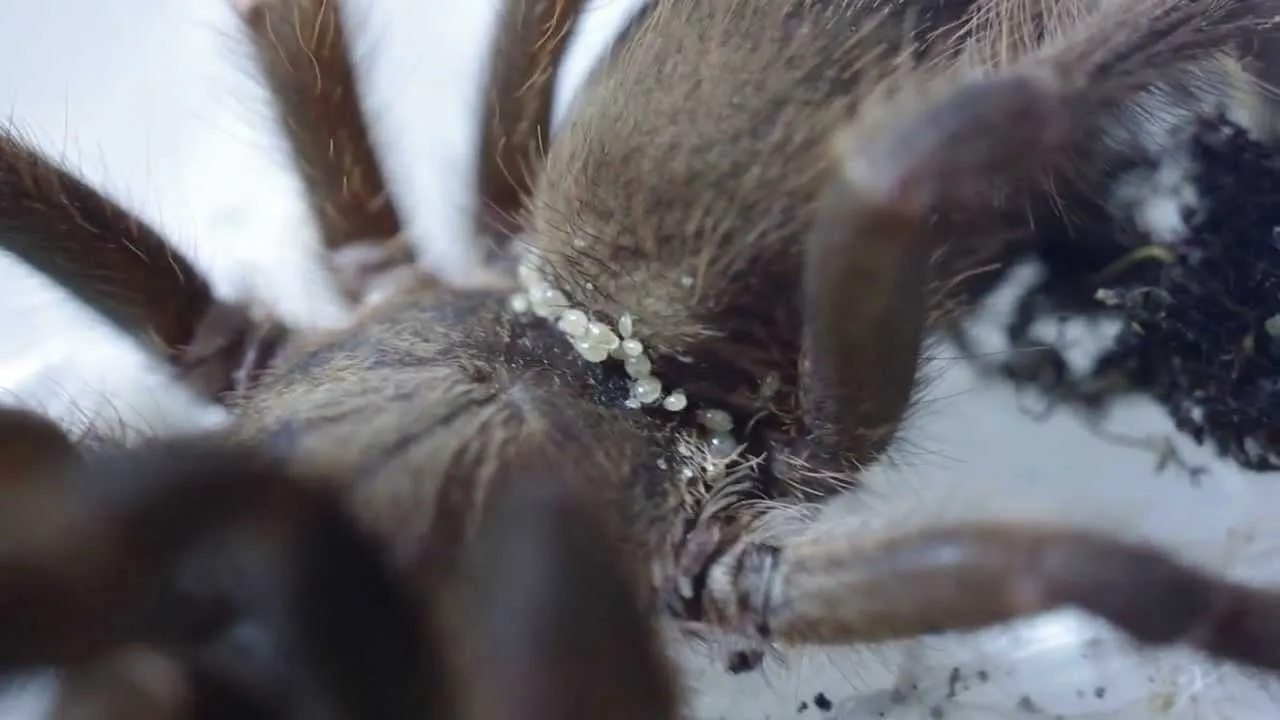
Maintaining proper humidity and ventilation is essential for a healthy tarantula habitat and crucial for mite prevention. Humidity levels should be appropriate for the tarantula species. Too much humidity can promote mite growth, while too little can cause molting issues. Provide adequate ventilation by using enclosures with proper airflow and avoid placing the enclosure in a drafty area. Regularly monitor humidity levels with a hygrometer and adjust as needed. Using ventilation and keeping the humidity correct will prevent the conditions that favor mite reproduction. A properly maintained habitat creates a healthy environment for your tarantula to thrive. Proper humidity and ventilation is essential for long-term tarantula health.
Suitable Substrate
The choice of substrate greatly affects the health of your tarantula and the potential for mite infestations. Opt for substrates that are less prone to mites, such as coconut fiber, peat moss, or a combination of the two. Avoid substrates that hold too much moisture or decompose quickly. Ensure the substrate is clean and free from any contaminants before introducing it to the enclosure. Replace the substrate regularly, as it can accumulate waste and create an ideal breeding ground for mites. Regularly inspecting the substrate for signs of mold or other issues is essential. Properly selected and maintained substrate supports your tarantula’s well-being and contributes to a healthy habitat.
Feeding Practices
The feeding practices you implement also play a role in mite prevention. Feed your tarantula a balanced diet of appropriately sized insects. Remove any uneaten food promptly, as decaying insects can attract mites. Purchase feeder insects from a reputable source to minimize the risk of introducing mites to your enclosure. Before feeding, inspect the feeder insects for any signs of mites. If you notice any, isolate the insects and address the issue before feeding them to your tarantula. Proper feeding practices not only support your tarantula’s health but also help create a clean and mite-free environment. Careful attention to diet is a key part of preventative tarantula care.
